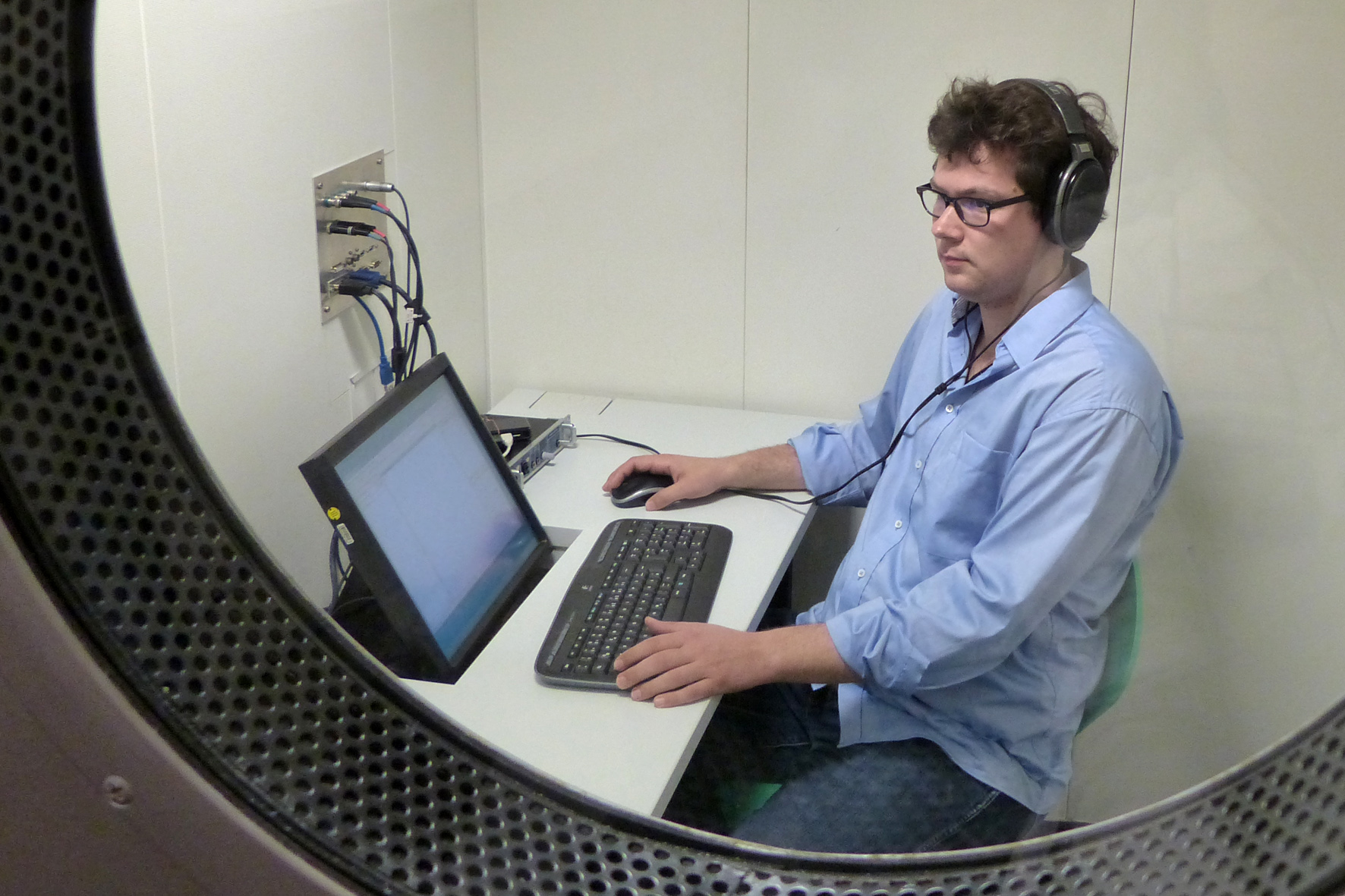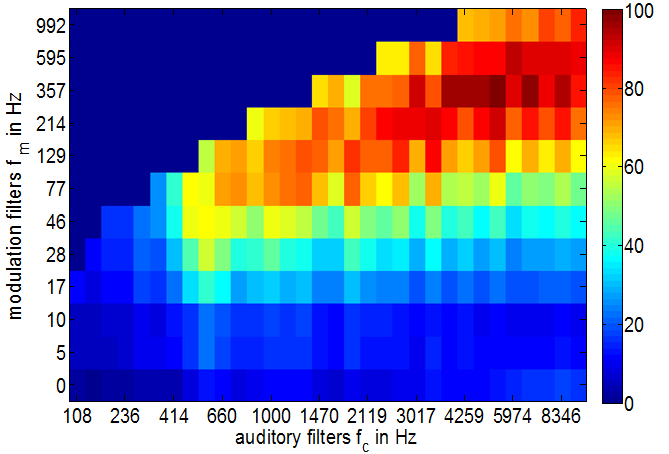Objective quality assessment of product noise
Lena Schell-Majoor works in the Division for Hearing, Speech and Audio Technology of the Fraunhofer IDMT in the area of audio quality and auditory modelling. She is currently completing her doctoral degree on the subject of quality assessment of noise in the Department for Medical Physics and Acoustics at the Carl von Ossietzky University Oldenburg. In 2015, Schell-Majoor received the »For Women in Science« advancement award of the German Commission for UNESCO, L´Oréal Deutschland and the Christiane Nüsslein-Volhard Foundation.



Lena, you are conducting research on the quality assessment of noise. What does that involve exactly?
The goal of the research work is to find out which acoustic characteristics of a noise account for the perceived sound quality. For example, why is the noise of a car door closing perceived as a being a higher-quality sound for one manufacturer compared with another? When does a technical noise convey the impression that a product is functioning reliably, and when does it become annoying? Can a vacuum cleaner sound powerful even though it is quiet? These are all questions that psychoacoustics attempts to answer. Psychoacoustics essentially sets out to establish the relationship between physical measured variables and subjective perception. The aim of my work is to allow reliable prediction of the perceived sound quality of technical noises.
How do you proceed in your work?
In a first step, I conducted a study with a total of thirty test persons in order to obtain a data set with subjective hearing perceptions and assessments. For this purpose, I played different noises, such as those produced by electric shavers or vacuum cleaners, to the test persons. The test persons had to assess the extent to which they perceived the noises as being characterised by roughness, sharpness, tonality, loudness and annoyance. In a second step, I will now compare these subjective assessments with an auditory model.
What is an »auditory model«?
An »auditory model« is a computer model, that is to say an algorithm, which simulates the function of hearing. The model I use transforms the original signal so that only the components remain that are relevant for human perception. It is therefore called PEMO, which is short for perception model, and was developed in the Oldenburg hearing research institute. The model takes into account, for example, the accuracy with which temporal or spectral signal characteristics can be perceived.
Does the computer model also contain noise characteristics such as roughness or sharpness?
That is what I am trying to find out. I am investigating whether these noise characteristics are mapped in the model representation of the signal. And above all whether they are mapped in the same way as the test persons assessed the individual characteristics. There are naturally differences in the assessments of the test persons, but the mean overall results make it possible to draw relevant conclusions. The goal is to use the model to predict how the characteristics of a noise will be assessed.
Does this approach not exist yet?
There are various approaches in this area, but I am so far not aware of any other method that is based on such a comprehensive auditory model. In particular, previously known methods for sound assessment were almost always developed for a quite specific application. The aim of my research work is to permit reliable prediction of subjective hearing perception for a wide spectrum of noises.
Where can methods for automatic sound assessment be used?
The noise of a product, such as a car or vacuum cleaner, is more and more important for the purchase decision nowadays. That is why manufacturers increasingly try to make the noise as pleasant as possible and to ensure that it matches the product. However, it is often technically impossible or undesirable that products do not make any noise at all. The operating noise of a hair dryer, electric shaver or vacuum cleaner provides the user with important feedback on the performance and function of the device. In order to know whether users like the noises produced by products, it has been necessary so far to conduct hearing studies with a large number of test persons. That is very time-consuming and expensive. A computer model can achieve significant time and cost savings here.
 Fraunhofer Institute for Digital Media Technology IDMT
Fraunhofer Institute for Digital Media Technology IDMT